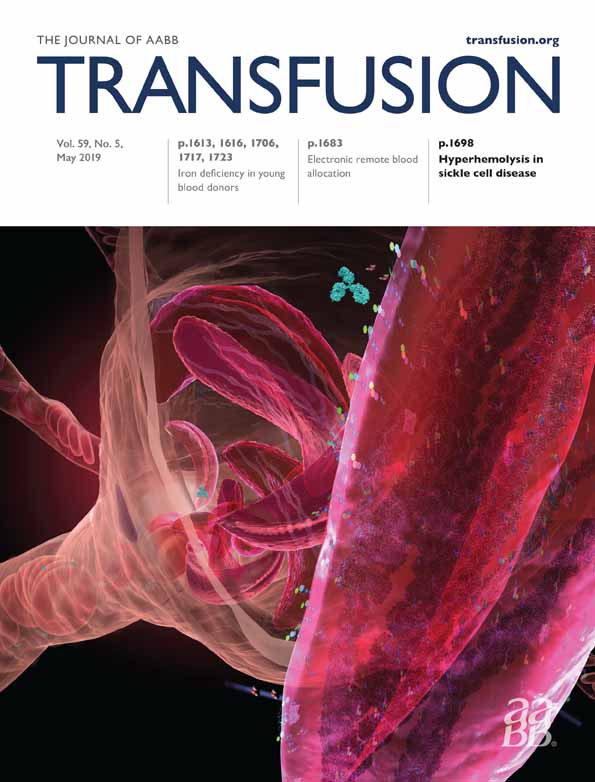Chronological storage age and metabolic age of stored red blood cells: are they the same?
KEY IDEAS
- Red blood cell (RBC) storage in the blood bank is characterized by the progressive loss of metabolic regulation, a phenomenon that targets energy and antioxidant metabolism;
- While the progression of the storage lesion is inevitable, the rate at which this phenomenon occurs varies from donor to donor;
- Red blood cells from some donors at the end of storage are metabolically superior to RBCs from other donors at the beginning of storage, suggesting that the age of blood alone may not be a sufficiently accurate predictor of stored blood quality; and
- Animal studies and large-scale omics screening in blood donors have helped identify mechanistic contributors to the metabolic heterogeneity of stored blood units.
CONFLICT OF INTEREST
Though unrelated to the contents of this manuscripts, the authors declare that AD is a founder of Omix Technologies Inc and Altis Biosciencens LLC. JCZ serves on the scientific advisory board for Rubius Therapeutics. The other authors disclosed no conflicts of interest.




